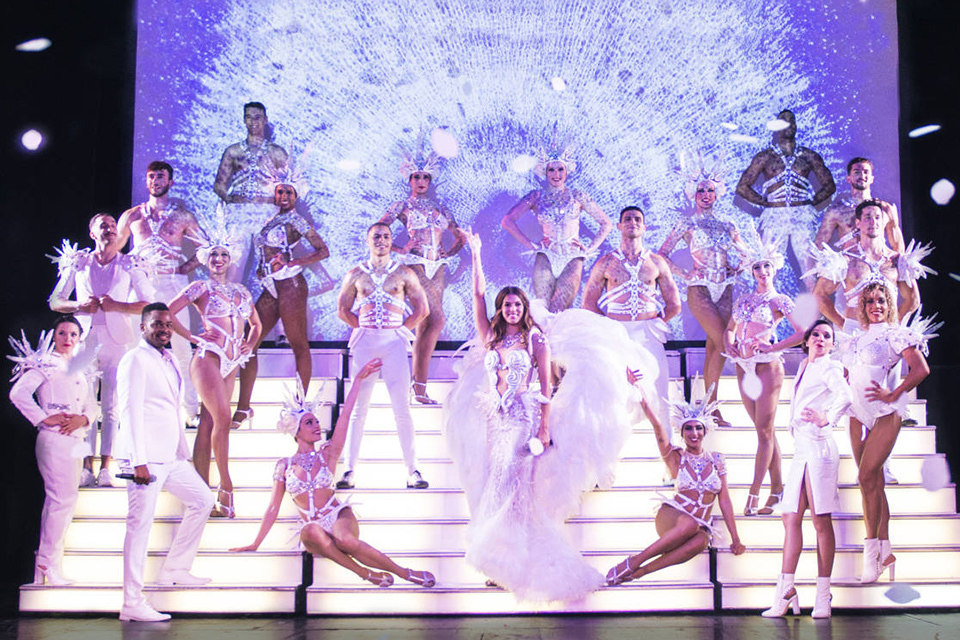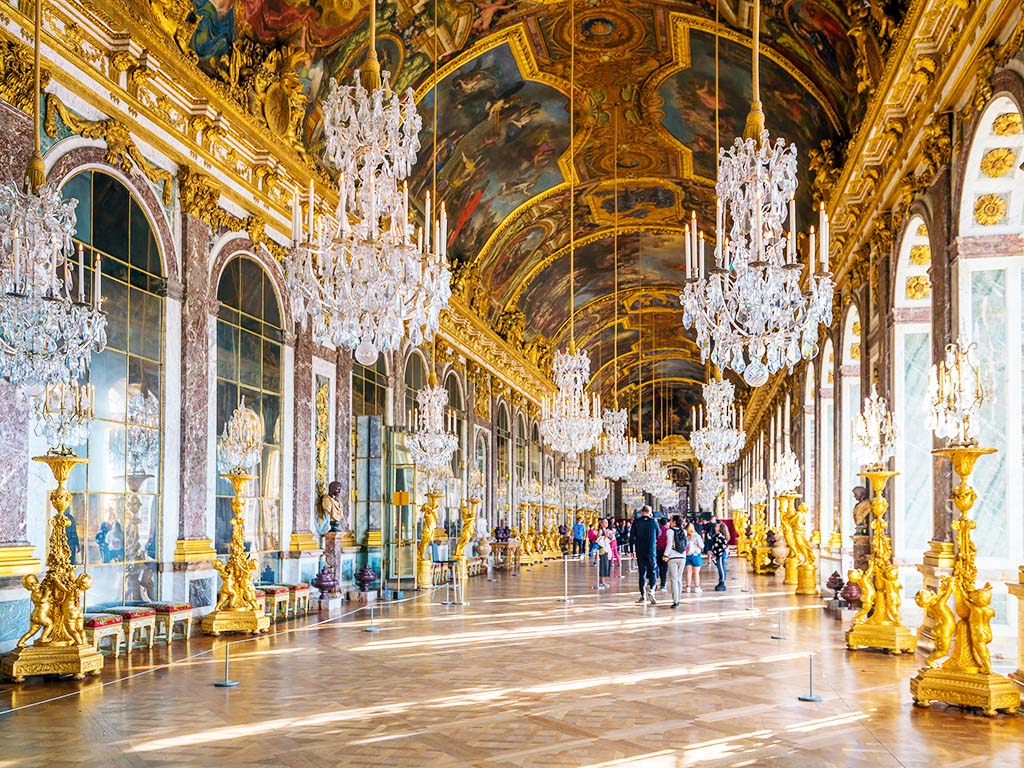Datos interesantes sobre París
Paris is the perfect romantic getaway, ‘naturellement‘. With its rich history and culture, the city is a must-see destination for people all over the world. Here are 10 things you might not know about the City of Love.
The Eiffel Tower wasn’t always popular
Right, the Torre Eiffel, a timeless icon of Paris. Think of the French capital and the Eiffel Tower is probably the first thing that springs to mind. But when architect Stephen Sauvestre presented his plans, not everyone was so happy about the idea. In 1887, a collection of artists protested its creation with a petition. The group of architects, painters and writers complained about the “ridiculous tower dominating Paris like a gigantic black smokestack”.
Paris has the most expensive restaurants in the world
If you’re planning to wine and dine your loved one in a Parisian restaurant, better start saving! The home of haute cuisine also happens to be the most expensive city in the world for fine dining. Fortunately, with our Dinner Cruise, you can combine a three-course meal with a romantic trip along the river Seine. You’ll see the sights and get a taste for the city (literally!) — without that Parisian price tag.
The French Revolution banned women wearing pants
“Liberty, equality, fraternity” was the famous slogan of the French Revolution. Unfortunately, that liberty didn’t extend to women’s ability to wear pants. As you’ll learn on this walking tour, they had to get permission from a police officer to do so. While Parisian women have been wearing pants without any issues for decades, the French government didn’t officially repeal that law until 2013.
The Louvre is the world’s most popular museum
Hoping to see the Mona Lisa during your stay in Paris? You’re not alone. The Louvre now hosts 9 million visitors every year, making it the most popular museum in the world. Luckily, you won’t need to worry about the long lines if you take a fast-track guided tour. If you’re not heading to Paris anytime soon, don’t worry. The Mona Lisa’s well protected, sitting behind bullet-proof glass in its own climate-controlled room to ensure visitors can catch a glimpse for years to come — so take your time.
The Pont Des Arts bridge is covered in “Love Locks”
Lovebirds have no shortage of options for atmospheric spots in the French capital. But the Pont Des Arts might just be the most romantic of all. Not only do lovers lock lips there, but they also famously lock padlocks with their initials to the bridge. By throwing the key in the river, couples make a statement of their undying love and commitment to each other. If this all sounds a little too sentimental, how about a date on a ride through the boulevards in a vintage car?
Paris is the greenest city in France
While it’s unlikely that someone went around counting, current estimates record half a million trees in Paris. King Henry IV can take some of the credit for making the capital the greenest city in France. He commissioned the first tree-lined streets back in the 16th century. A new word entered the French lexicon describing the green walkways: promenade. With so many acres to stroll along, the best way to breeze through the trees is on a Segway tour.
There are no stop signs
For those who enjoy being on the move, Paris is certainly the place to be. One of the more curious things you’ll notice is its lack of stop signs. According to city traffic laws, cars on the right side always have the right-of-way at intersections. But why stick to the main roads when you can discover the hidden back streets? On a half-day electric bike tour, you can still see the city at your own speed. Just remember: you’ll have to stop sometimes!
It has the largest wholesale food market in the world
Rungis International Market houses 2 million tons of vegetables, cheese, and fish every year. Its complex covers a whopping 2.3 square kilometers (6 square miles) — that’s larger than the Principality of Monaco! Yep, you could easily get lost in the food aisles at Rungis International Market. If you tire of this market, no fear, each district has its own distinctive marché. One of the most colorful is the Marché d’Aligre, which has the added bonus of being surrounded by vibrant North African shops.
It’s not the City of Light for its illuminations
It’s natural to assume that Paris got the famous nickname from its impressive nighttime light displays. The reality, however, is that the “City of Light” came from its philosophical contributions from the 17th century and beyond. During the Enlightenment, Paris became the epicenter for the exchange of ideas among philosophers and scientists. Still, the bridges are a dazzling sight when the sun starts setting.
There are 320 km of underground tunnels
For those who love anything macabre, this one’s for you. Far below street level, there’s a hidden world most visitors have no idea about. Once used as a storage space for the dead during the 18th century, the Catacombs extend for an incredible 322 km (200 miles). You’ll need a strong constitution though — the walls of the ‘Empire of Death’ are lined head-to-toe with bones and skulls!




